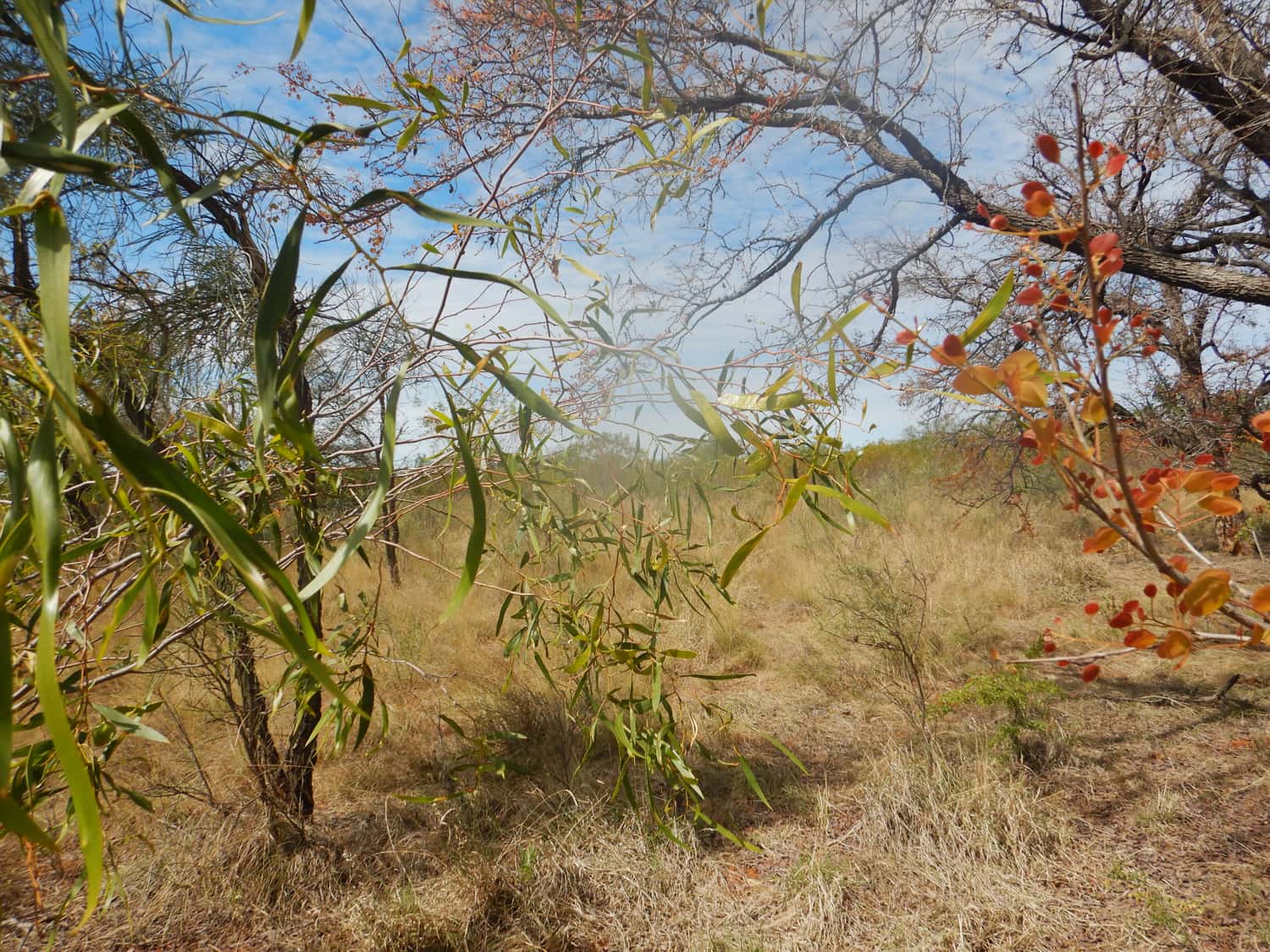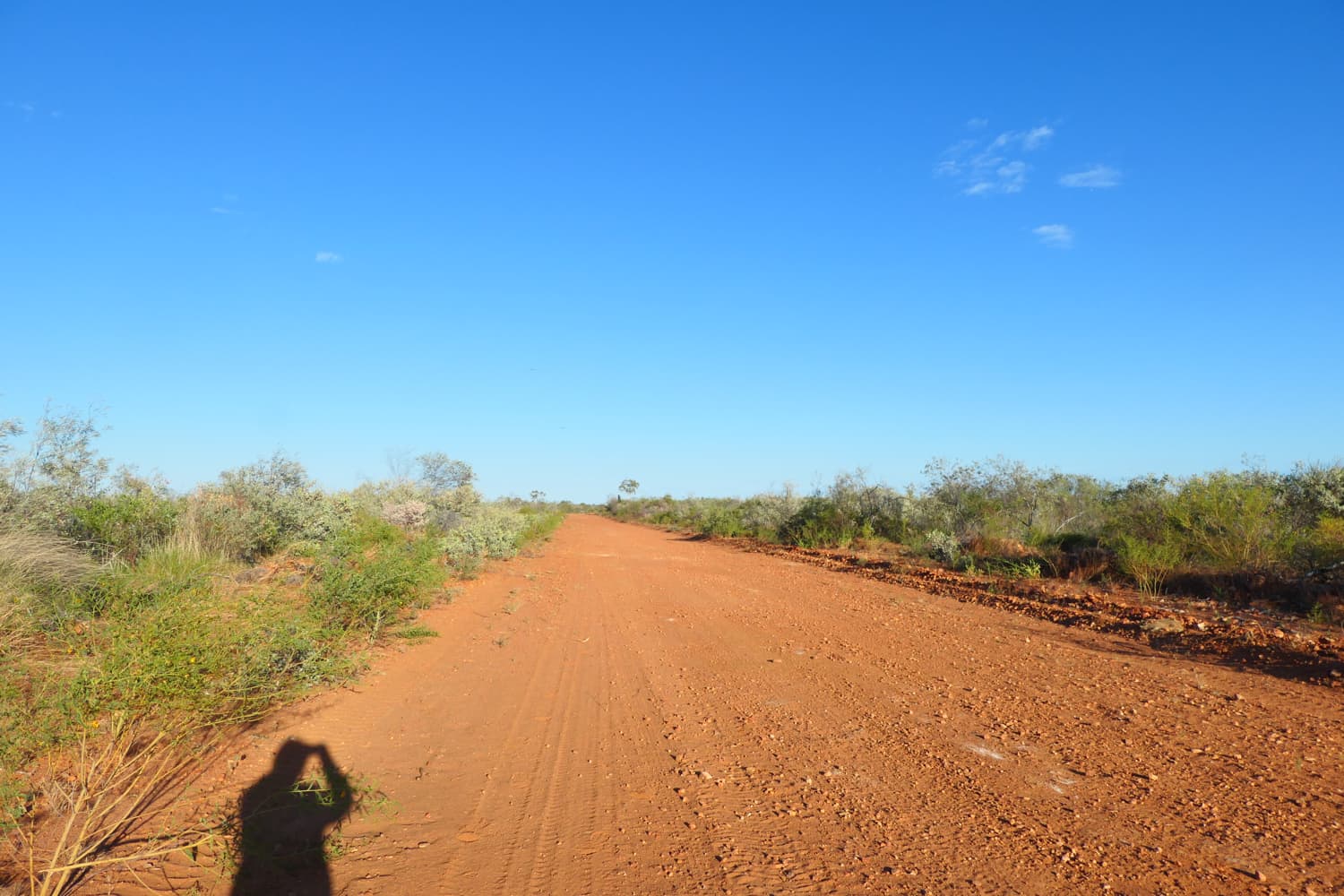Site inspections to aid in vegetation clearing assessments
The Development Coordination Branch manages the assessment of applications to clear native vegetation in the Northern Territory on pastoral properties and unzoned land, under the Pastoral Land Act 1992 and Planning Act 1999.
As part of the assessment of land clearing applications, officers inspect the site to verify the application information and available land resource data. Inspections are especially important in ‘data deficient’ locations, where there is limited fine-scale land resource mapping available. The inspections help staff to comprehensively understand the characteristics of the land, to assist in providing an accurate assessment and balanced recommendations to the consent authority. For this particular application, 3 Rangelands Division staff from the Darwin office travelled down to the Barkly region. The trip took 4 days, including 2 days out on the site. The proposed clearing area was at the rear of the property, approximately a 1.5 hour drive each way. Due to the late rains the most direct line to the site was still not trafficable. The staff visited each of the proposed clearing areas and recorded information including slope, soil and vegetation present.
Officers then prepare written comments which are compiled into a departmental submission, which may outline concerns, make recommendations for alterations and provide general advice regarding the proposal. A technical assessment is also prepared, informed by the feedback, addressing the statutory requirements of the legislation, including consideration of land suitability and potential impact on threatened species. The technical assessment, department letter and any public and service authority submissions received during the applications public exhibition period, are provided to the applicant, who is then given an opportunity to respond. The proponent may be required to provide additional information before the application can be further considered.
Following this, an assessment report is then prepared for the Native Vegetation Assessment Panel (NVAP) who make recommendations to the consent authority. NVAP is made up of senior managers from the Department of Lands, Planning and Environment and the Department of Agriculture and Fisheries, who have expertise in natural resource management, including biodiversity conservation, water resources, land resources, and primary production.
Once the application progresses through NVAP, it is then presented to the consent authority to determine the application. Once a decision is made, the applicant and any submitters will be notified and copies of permits are made available to the public for inspection.


